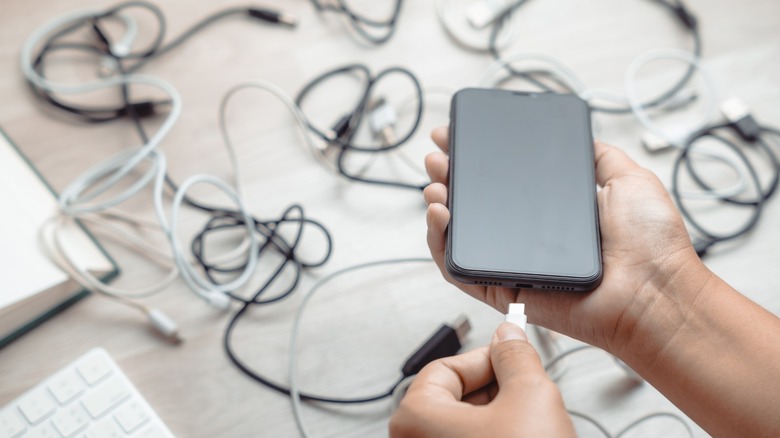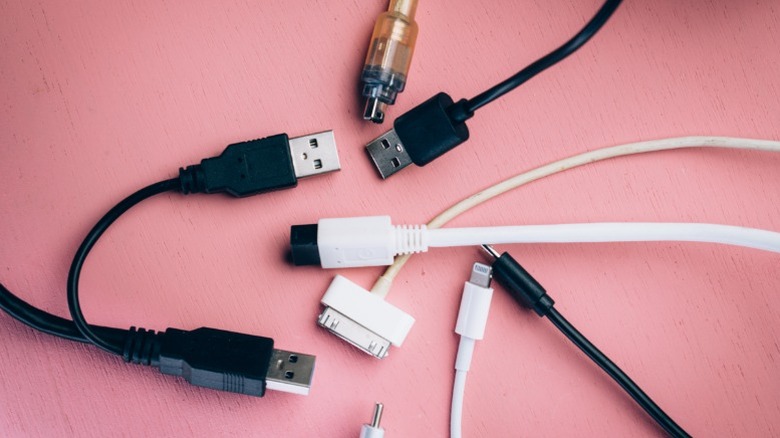How To Tell If A USB Cable Can Transfer Data
We may receive a commission on purchases made from links.
The slow but steady advancements in USB generations are a testament to the growing power and data requirements of the various peripherals and computers we use. Smartphones, for instance, have gone from taking three full hours to charge to being topped up in less than 30 minutes.
As the cameras on our phones keep improving, the image and video files they output can consistently sneak into hundreds of megabytes or even a few gigabytes. Though cloud storage options like Google Drive make it easy to upload and share your files with others, or even to yourself on other devices you own — a physical connection is usually faster, more secure, and reliable.
USB cables that are shipped with smartphones are meant primarily for charging, but can they also be used to connect it to a computer and transfer data? What about the USB cables you spot on Amazon that promise fast charging speeds — can they also carry files? Well, if you have a cable handy, the easiest way to discern if it is capable of data transfer is to simply try to establish a connection between two devices. If it's a USB-A to USB-C or Micro-B cable, try connecting your smartphone or camera to a computer — you'll know instantly if it's a cable that can accommodate data transfer.
Physical differences between USB cables
While attempting to establish a connection between two devices via a USB cable is the best way to confirm its capabilities, there are physical differences one can spot to distinguish charge-only cables from those that can be used for data transfer. The key difference lies in the wiring inside these cables. A USB cable meant only to charge your device often has two wires — one positive and another negative.
Cables that can transfer data depend on at least four wires, but newer, faster options likely include many internal lines. The two extra lines include data transfer and data receive wires. Additionally, USB 3.0 and newer cables with SuperSpeed data lanes and shielding are often thicker. Look for any mention of data transfer speeds when shopping for USB cables. For example, the Anker USB4 Data Cable is a popular option on Amazon and explicitly mentions in its product listing both its maximum data transfer and charging speeds — 40Gbps, and 240W, respectively.
Remember, regardless of how premium a USB cable is, charging and data transfer speeds also depend on how much power a USB port can deliver. The naming scheme on USB generations and technologies like Thunderbolt can get very confusing, so it's best to carefully match the specifications and capabilities of both your device's USB port and the USB cable you're looking to buy.

